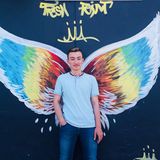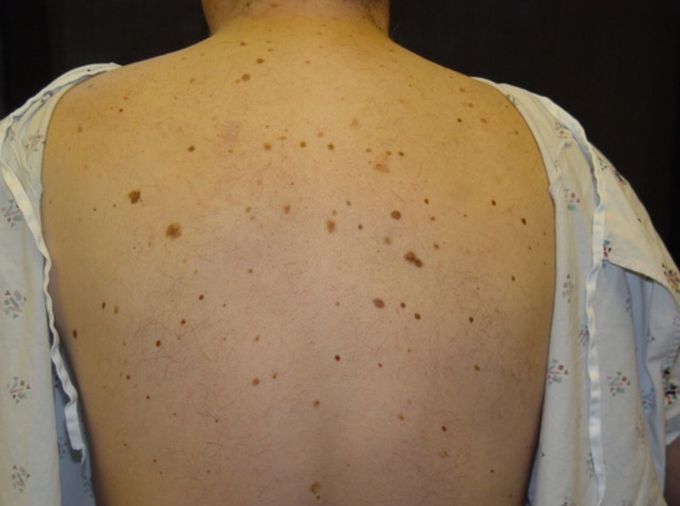


Dysplastic nevi (atypical moles) Dysplastic :- abnormal formation. Nevi :- moles
Dysplastic nevi are large moles that are irregular in shape. People with dysplastic nevi may have more than 100 atypical moles and have a greater chance of developing melanoma( skin cancer). These moles tend to be hereditary (passed on from parent to child through genes). Atypical moles is not a skin cancer but having these moles is a risk factor for developing melanoma. If you have HEREDITARY factors for melanoma as well as many atypical moles, you may be classified as having Familial Atypical Multiple Mole Melanoma Syndrome (FAMMM), putting you at even greater risk for developing melanoma. What causes atypical moles? The reason is still incomprehensible but it’s believed to be a combination of genetic and environmental factors. Treatment (If the mole is found to be cancerous) :- a dermatolgist will excise the mole and then close the wound.

